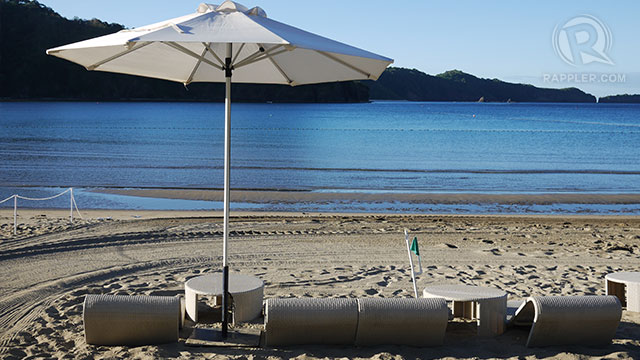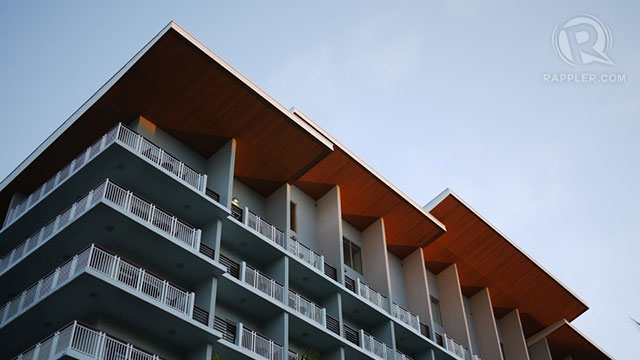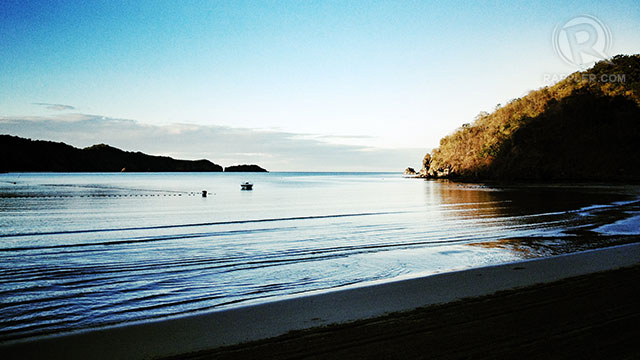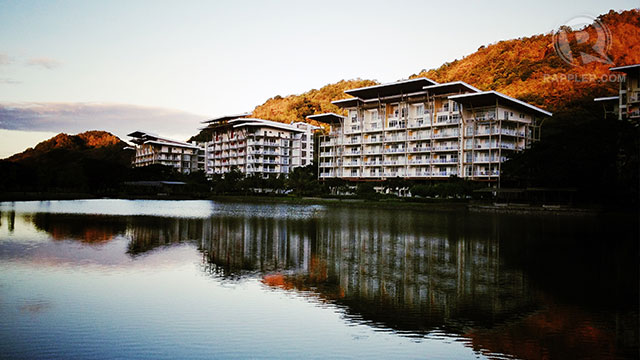SUMMARY
This is AI generated summarization, which may have errors. For context, always refer to the full article.

MANILA, Philippines – Four years ago, Gregg Yan of World Wide Fund for Nature (WWF) Philippines helped plant 40 True Giant Clams in Santelmo Reef in Hamilo Coast in Nasugbu, Batangas.
True Giant Clams or Tridacna gigas are the largest of the giant clam species, some measuring as big as 47 inches across and weighing up to 600 pounds. But they are also among the most endangered due to centuries of being hunted for their majestic shells and delicious meat.
In the Philippines, T. gigas are called taklobos and have all but disappeared from our waters. For many years, the only taklobos Filipinos have had access to are the dead ones in old churches where they are used to hold holy water.
The 40 giant clams Gregg planted in Hamilo Coast came all the way from the Solomon Islands, and though only a few genetic characteristics away from being native taklobo, they are not exactly the same.
Today, Gregg happily reports, “The clams have practically doubled in size. Each must be at least 25 inches in diameter.”
This is good news not only to environmentalists but to the nearest commercial and residential coastal community, Pico de Loro Cove. A development of SM Land, the coastal community teamed up with WWF Philippines to bring back the taklobos to Batangas waters.
The project is just one of the efforts being done to ensure that the Hamilo Coast development is sustainable and eco-friendly. WWF works with the developers in 3 key areas:
- Coastal resource management
- Solid waste management
- The use of renewable sources of energy
The planting of taklobos falls under coastal resource management along with the release of pawikan or sea turtle hatchlings, coastal clean-ups and the formation of marine patrol groups from residents of local communities.
Since 2008, a warden regularly cleans the reef and checks on the taklobos. Obviously, his hard work has paid off.
Minimum impact, maximum sustainability

Last December 17 to 19, the Rappler team stayed in Pico Sands Hotel for our team-building. While there, we saw some of their eco-sustainable practices in action.
The boutique hotel and nearby Beach and Country Club are characterized by large windows that let in a lot of light and air, minimizing the need for air-conditioning and electric lights during the day. Of course, it also helps that the windows provide a spectacular view of the surrounding mountainside, coves and man-made lake.
The best example of this is the St. Therese of the Child Jesus Chapel, a jewel of a structure made of glass and metal overlooking tropical jungles and the beach below. Designed by architect Carlos Arnaiz, this place of worship is perfect for meditation and reflection as well as being a literally shining example of eco-sustainable architecture.
In addition, all buildings within Pico de Loro Cove — including 4 residential buildings — are low-rise structures to minimize impact on the surrounding jungles.
By the road leading to the coastal community are solar panels which provide a renewable source of energy for the community’s facilities. E-shuttles that rely on chargeable batteries instead of non-renewable fuel take guests back and forth across facilities. Guests are also given the option to bike or walk.
A new brand

Eco-tourism, according to Pico Sands Hotel general manager Aris Alcuaz, is an essential aspect of the Hamilo Coast development.
“Eco-sustainable practices are not only good for a hotel but are also a global ‘social responsibility’ requirement that will also determine [the hotel’s] success, and even survival, in the business community,” he points out.
Gregg of WWF Philippines says this merging of environmental interests and interests of hotels and commercial developments is best exemplified by the giant clam project.
“These clams are good for the waters of Hamilo Coast as they provide a nursery for small fish like gobies, blennies and invertebrates such as crabs and other commensal crustaceans that make up the rich marine life of Hamilo Coast’s pristine waters. They also serve as ‘filter feeders’ that sift planktonic debris from the water, which improves the overall quality of ocean water,” he shares.
Cleaner waters rich with bio-diversity can only bode well for a coastal community that aims to attract guests and members with its surrounding natural wonders.
If eco-tourism is not already being adopted by all hotels and resorts in the country, it should be. Aris observes that eco-tourism has gone beyond influencing how hotels are branded.
“It has become the brand. In the past 2 decades, people ‘buy in’ to what or who is popular and efficient. Nowadays, they ‘buy in’ to what or who is responsible.”
Here are more photos of Pico de Loro:





– Rappler.com
Add a comment
How does this make you feel?
There are no comments yet. Add your comment to start the conversation.